The Pecan Nut Casebearer
The pecan nut casebearer, Acrobasis nuxvorella Neunzig, is one of the most devastating nut-feeding insects that occur in pecans. The pecan nut casebearer (PNC) is found throughout pecan growing regions from Florida to southern New Mexico. In Oklahoma, adult casebearer moths deposit eggs during late May or early June. Eggs are deposited on the tips of nuts shortly after tree pollination. After hatching, the larvae burrow into nuts. Each larva may damage an entire cluster. The primary means of controlling this insect is the use of a well-timed application of insecticide based on infestation levels from each individual orchard.
Description of Life Stages
Adult casebearer moths (Figure 1) are gray to dark gray, have a dark ridge of scales on the forewings, and are about 1/3 inch in length. Mating and egg deposition occurs during the night, and female casebearers can deposit 50 to 150 eggs during their five to eight day life span. Eggs are small and oval shaped (0.36 X 0.65 mm). The first generation of eggs are laid singly at or near the calyx lobes of nuts after pollination (Figure 2). PNC eggs are white when first laid, then gradually change to a red color three to five days before hatching (Figure 3). When larvae hatch they are white to yellow in color (Figure 4) and feed initially on buds. Full grown larvae are olive gray to jade green and reach about 1/2 inch in length (Figure 5). As the larvae grow and move to developing nuts, the will bore into the base of one or more nuts. Black excrement (frass) and silk at the base of nuts indicates larval entry (Figure 6). They remain within the nut and feed for four to five weeks. Full-grown larvae will pupate inside the pecan and emerge as moths 9 to 14 days later.
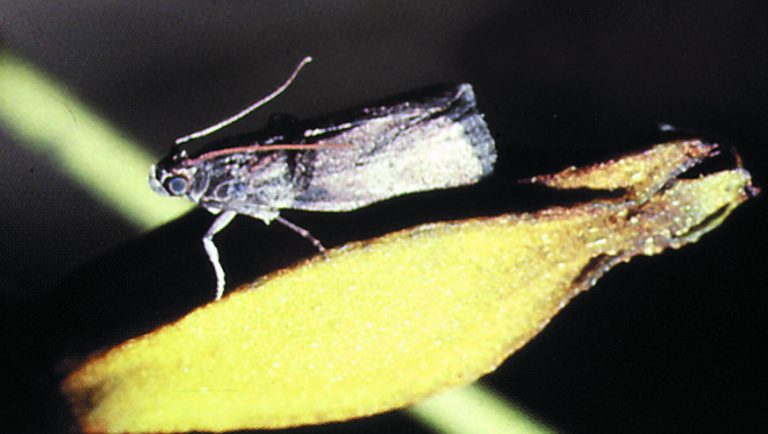
Figure 1. Adult pecan nut casebearer.
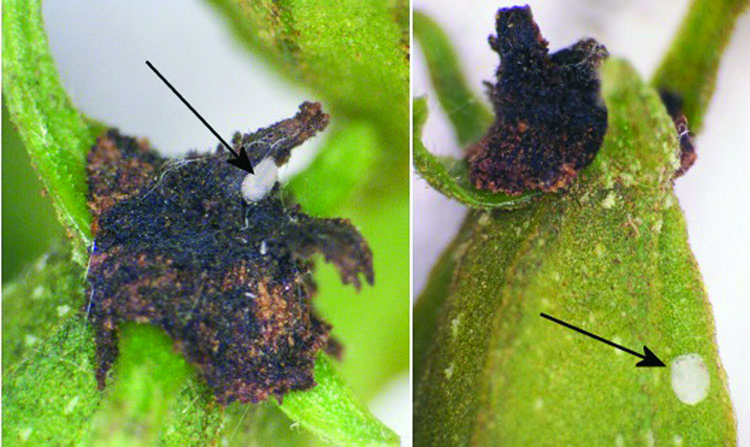
Figure 2. Pecan nut casebearer eggs.
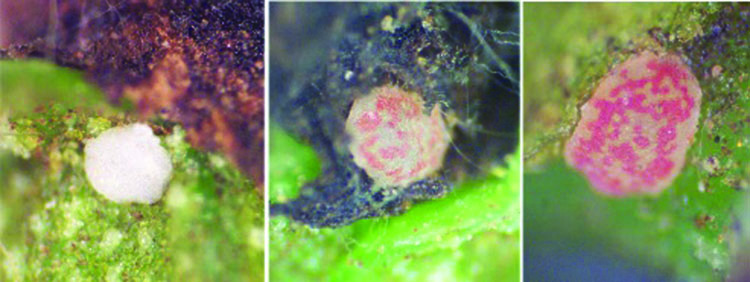
Figure 3. Egg color change.
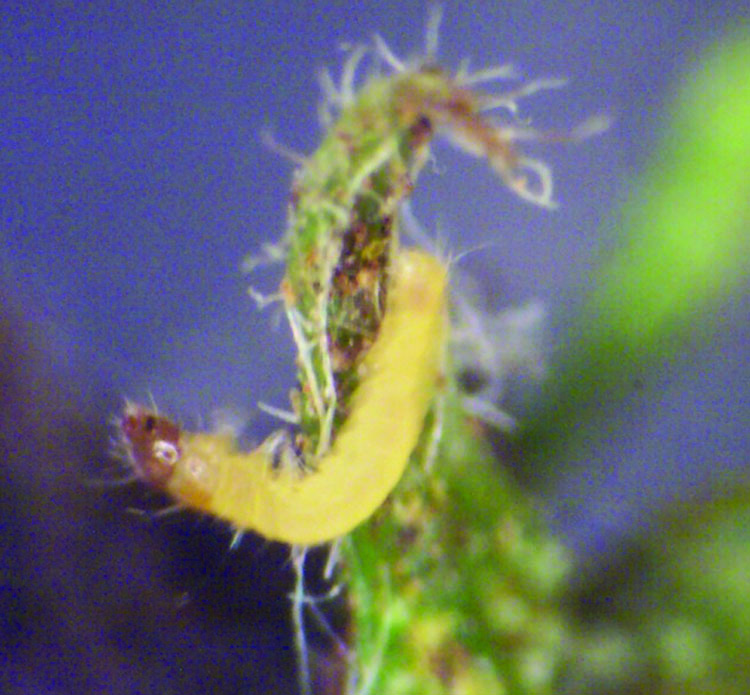
Figure 4. First instar pecan nut casebearer before it enters the nut.
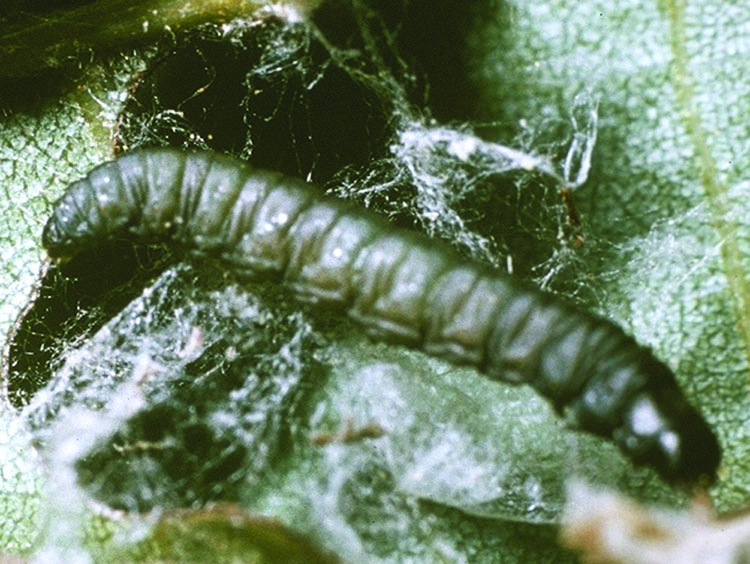
Figure 5. Mature pecan nut casebearer larva.
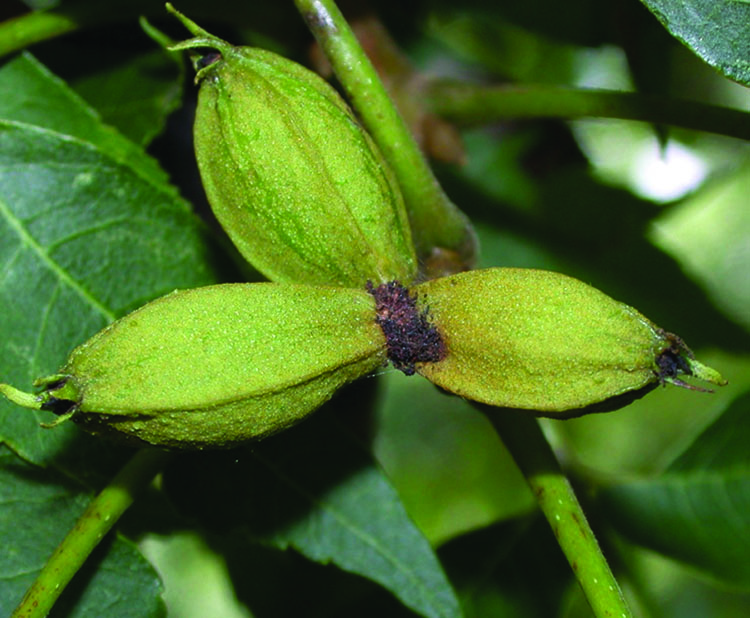
Figure 6. Insect excrement (frass) indicating larval entry into nuts.
Seasonal Cycle
In Oklahoma, the pecan nut casebearer completes two to three generations per year. Overwintering larvae develop into pupae, and ultimately moths that emerge from late May to early June. After tree pollination, female casebearer moths begin laying eggs on pecan nuts. These eggs result in first-generation larvae that feed on pecan nuts and generally cause the most damage.
Second-generation PNC begin appearing in mid-July. Larvae feed primarily on pecan shucks. Unless populations are extremely high, little damage is created from second-generation larvae. Third-generation PNC hatch 30 to 40 days later and feed for a short time (if they feed at all) on shucks. Late in the season, each small larva forms a tightly woven, protective silken case (hibernaculum) near a bud or leaf scar for overwintering. These larvae emerge from hibernacula in the spring and feed by tunneling into shoots. Pupation of the overwintering generation occurs in these tunnels formed from feeding, and adults emerge the following spring to deposit the first generation of eggs on pecan nuts.
Sex ratios of these moths vary over the season. Examining black-light trap catches from sites in Louisiana and Texas, the proportion of female moth numbers increased over the season. With increased numbers of female moths emerging, damage may increase.
Scouting for Pecan Nut Casebearers
In Oklahoma, egg-laying by PNC begins around the end of May in southern counties and ranges to June 15 in northern parts of the state. In central Oklahoma, egg deposition usually begins around June 4 or 5, depending on weather conditions. Excessive rainfall or cold temperatures may delay development of the overwintering generation.
Scouting for PNC eggs should begin one to two weeks before nut entry by larvae. This requires looking for eggs on the nuts and using a hand lens to determine the maturity of eggs. To determine infestation levels, nut clusters should be examined. A cluster is infested if any eggs are found or evidence of larval entry is observed. Examine 10 nut clusters per tree across several trees. If 2 or more clusters are infested before 310 clusters have been examined, an insecticide application should be made as soon as possible. If less than two clusters are found infested, sampling should be repeated in two to three days.
Nut clusters with eggs should be tagged with a ribbon or tape and checked daily to determine egg maturity. Insecticides should be applied within one to two days after the eggs hatch.
Use of Pheromone Traps
Pheromone-baited traps for PNC are available. The pheromone (sex attractant) mimics
the chemical emitted by female casebearer moths and attracts males to a sticky trap.
Trap captures can be used to detect the arrival of PNC into an area, aid the grower
in estimating population numbers, and provide a signal of when first significant nut
entry by larvae may occur. The following guidelines should be followed in using pheromone
traps, scouting for eggs, and nut entry to determine when or whether insecticide applications
are warranted to prevent economic damage from PNC.
- As a general guide, three to five pheromone traps are sufficient in determining emergence patterns of PNCmoths. Three traps in orchards of 30 to 50 acres and five traps for orchards in excess of 50 acres should suffice. Consider additional traps where orchard conditions vary, such as bottomland versus upland areas.
- Separate traps at any given location by at least several trees (100 yds). Place traps near the terminal of a nut-bearing limb at a convenient height. Data gathered from tests conducted at Oklahoma State University indicate that traps placed higher in the tree canopy capture more moths; however, subsequent egg-laying and damage patterns are equally distributed throughout the canopy. Therefore, the extra effort to place traps higher in the canopy is not needed.
- Place traps in the orchard three to four weeks before the expected spray date. This ensures that the first moth captured represents the beginning of activity by PNC adults. In Oklahoma, traps should be in the orchard by May 1.
- Monitor traps every three to four days, three times a week if possible and keep detailed records. Frequent monitoring will help detect the first flush of moth activity. Record the trap location and monitoring date each time. Remove all moths, other insects, and any debris that is found on the traps’ sticky surfaces. Replace any traps covered with moth scales, dust, or other debris. The pheromone lure can be carefully transferred (with forceps) to the new trap, it does not need to be replaced during the season, particularly if only first generation PNC are the concern.
- Do not confuse PNC moths with other similar species such as pecan bud moth Gretchena bolliana (Slingerland) (Figure 7) or pecan leaf casebearer, Acrobasis juglandis (LeBaron), which are sometimes caught in PNC traps. The pheromone lure is very specific
to PNC; however, other organisms may be attracted or simply wander into the vicinity
and become trapped in the sticky surface. Most of the “off type” species are easily
distinguished from PNC moths.
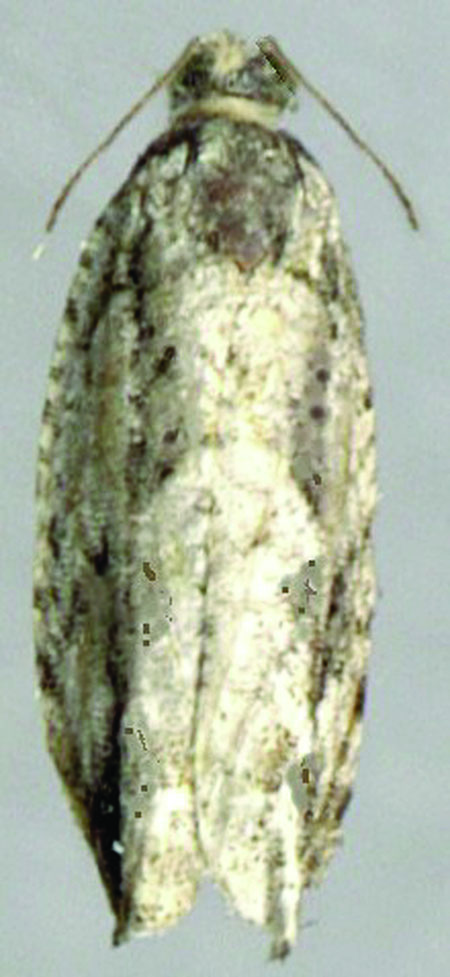
Figure 7. Pecan bud moth (Gretchena bolliana) - Scout for eggs seven to ten days after the first PNC moth(s) are captured in pheromone traps. First capture of PNC males generally occurs 12 to 16 days before the optimum time for application of insecticides. Do not be tempted to apply an insecticide during peak moth capture, since this will usually occur a week or more before a properly timed treatment. In addition, a heavy moth flight may not necessarily translate into a successful and/or heavy oviposition (egg-laying) cycle. In Oklahoma, during the period that mating and subsequent oviposition occurs, moths are exposed to many environmental influences that can effect survival and successful propagation. Strong winds and storms may occur and result in high levels of mortality of adult moths. In addition, many predators and parasites feed on casebearer eggs. These will be discussed in a subsequent section of this publication.
- Based on several years of observation throughout the pecan growing regions of the
United States, researchers have determined the following characteristics of PNC using
the synthetic pheromone and sticky traps:
-
After pupation, adult males emerge about three days before females.
-
Females mate and begin laying eggs about three days after emergence.
-
Eggs require about four days to hatch.
-
Larvae move around for about two days before tunneling into nuts.
-
Populations require about three days before enough damage is evident to justify treatment.
-
Considering these intervals, we suggest that scouting begin seven to ten days after the capture of the first PNC moth(s). This allows plenty of time to anticipate first significant nut entry, which should occur 12 to 16 days after initial moth capture.
-
- Pheromone traps can also be used to monitor flights of later PNC generations. Activity of second-generation PNC occurs approximately six weeks after the spring flight and larval damage can be expected 12 to 16 days after the flight begins.
- A decision to treat an orchard is based on scouting conducted to detect eggs and/or larvae not on the numbers of moths captured. The pheromone trap is very effective and will capture moths even when economic infestations of larvae are unlikely to develop. Later generations (third and possibly a fourth) are rarely a significant threat to nut production.
- So far, one location in Oklahoma serves as a distributor for traps, trap kits, and
pheromone of PNC.
-
Trece, Inc. – Adair, OK
-
In addition, the pheromone and traps can be obtained from Great Lakes IPM, Inc., Gemplers, and other services that carry IPM supplies. Growers who want to track PNC activity can go to http://pecan.ipmpipe.org/maps. Areawide activity can be found in the PNC Risk Map or growers can make their own forecast for oviposition in the PNC forecast map link.
-
Insecticides
Insecticide applications should be properly timed to achieve the best control. Whenever possible, biological insecticides or insect growth regulators should be used for controlling PNC instead of synthetic pyrethroids, carbamates, or organophosphates. The latter materials, while effective, can result in reduction of parasite and predator populations. Due to loss of beneficial organisms, this increases the possibility of rapid population growth of aphids and spider mites. In addition, carbamate and pyrethroid insecticides can be reserved for pecan weevil control later in the growing season where efficacy of these compounds is essential for control.
The active ingredient in some biological insecticides is a toxin found in the bacterium Bacillus thuringiensis, commonly referred to as B.t. While B.t. formulations (Javelin®, Dipel®, etc.) are effective against larval stages (caterpillars) of moths, these compounds are sensitive to environmental conditions. Larvae must consume these materials and once consumed, the toxin disrupts the gut wall of the insect, which leads to death. Heavy rainfall and sunlight cause these materials to break down quickly before they have been consumed. For these reasons, timing of application is critical. Biological insecticides pose little threat to natural enemies, wildlife, and humans. Therefore, orchards treated with these compounds can be grazed following treatment.
Other insecticides that are quite specific to caterpillars include Intrepid® and Confirm®. These materials contain an insect growth regulator that mimics a natural insect hormone, 20-hydroxyecdysone, which induces molting and metamorphosis in insects. It is highly active on insects in the order Lepidoptera (moths and butterflies). Its unusual mode-of-action causes induction of a premature lethal molt within hours after ingestion of treated crop surfaces. This material has been excellent for control of PNC, hickory shuckworm, walnut datana, and webworms. When used in a tank-mix with a spreader/sticker, Confirm has shown an excellent residual capacity, lasting for up to 21 days after application. For a list of available insecticides, consult Extension Fact Sheet CR-6209, or on the Internet, go to the Pecan IPMPIPE site at: http://pecan.ipmpipe.org/.
Parasites and Predators for Control
Limited information exists on natural enemies for PNC. Although some beneficial organisms
have been observed and collected from orchard populations of PNC, sufficient numbers
for controlling PNC have not been documented. In 1983,
researchers collected 23 hymenopteran parasitoids and one dipteran parasitoid from
first generation PNC larvae in Texas. These parasitoids were found to provide about
40% control. Currently, commercial rearing of parasitoids specifically for PNC is
rare; however, they are found occurring naturally in several orchards. This represents
another reason why limiting use of insecticides is recommended.
Phillip G. Mulder
Professor and Head of Department of Entomology & Plant Pathology
